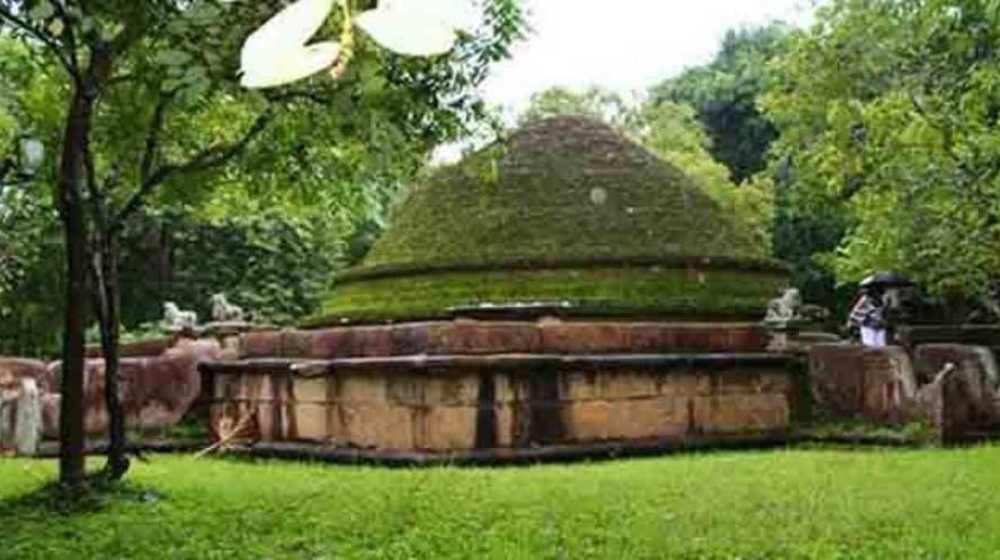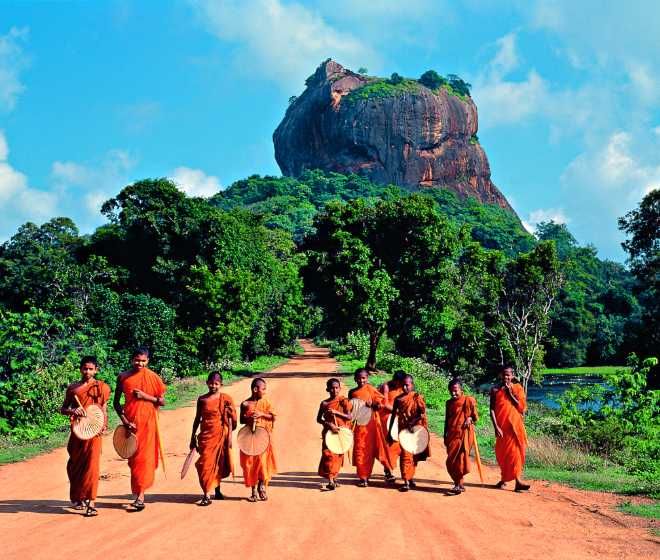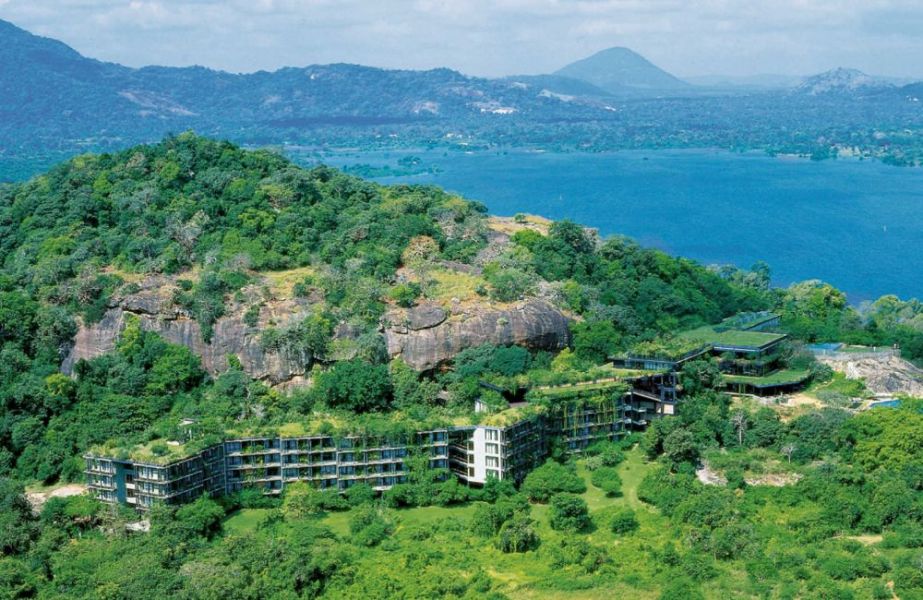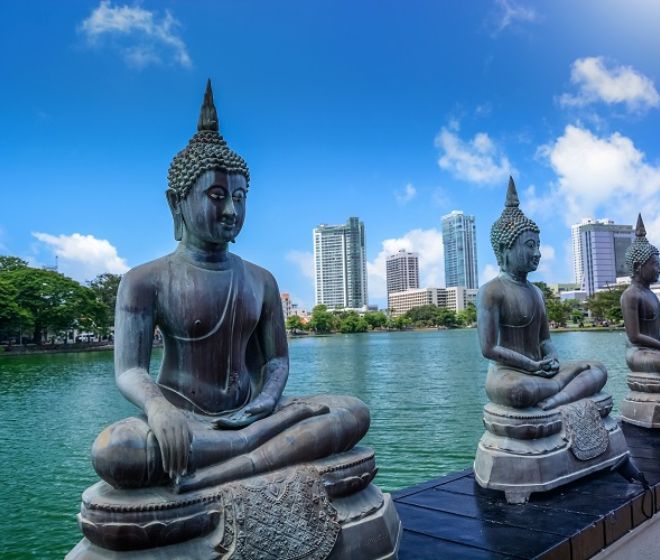
Magul Maha Viharaya Buddhist Temple Arugam Bay
Lying on the northern edge of the Lahugala National Park, Magul Maha Viharaya is an ancient Buddhist temple that has been part of the Kingdom of Ruhuna in ancient Sri Lanka and is are one of the major tourist attractions of the Eastern province. It is an archaeologically protected monument located about 22 km off from Siyambalanduwa town and about 11 km off Pottuvil town in the Ampara District of Sri Lanka.
The history of the Magul maha viharaya is believed to date back to the 2nd century B.C. while the legends state that the temple was built by king King Kavantissa (205-161 BC) on the location where he married princess Viharamahadevi (word ‘magul’ stands for wedding in Sinhalese), while stone inscriptions found within the grounds belonging to 14th century seem to suggest the temple being built by King Dhatusena (463-479 AD). The legends state that the princess volunteered to sacrifice herself to the sea to appease the gods who sent a tsunami to punish her father, King Kelanitissa, who punished an innocent monk. The boat the princess was on safely swept ashore at a place near the Muhudu Maha Viharaya in Pottuvil, where the encounter between king Kavantissa and the princess took place which later led to their marriage at Magul Maha Viharaya. The foundations of the Magul Maduwa (wedding hall) where the wedding ceremony took place can still be seen at the temple premises. The temple has been renovated by several monarchs since its establishmentIt is speculated that around 12,000 monks inhabited the complex at some stage in history, which is evident in the sheer size of the ancient temple.
The entire temple complex covers an extent of around 10 acres with ruins of a palace, moonstone, monastery, bo-maluwa, stupas and ponds scattered all over the grounds, surrounded by the Lahugala national park. The entire temple complex is surrounded by a lotus filled reservoir over which a causeway is built to approach the temple buildings. Today, a significant amount of ruins of the ancient temple can be seen with the image shrine, the Bodhi Tree (sacred fig) and the stupa are all in a good state of preservation and also, main gate, a solidly built wall that surrounds all the buildings and the remains of a small shrine with an unusual moonstone (with elephants depicted with riders on their back) at its entrance are some of the structures that can be seen.



